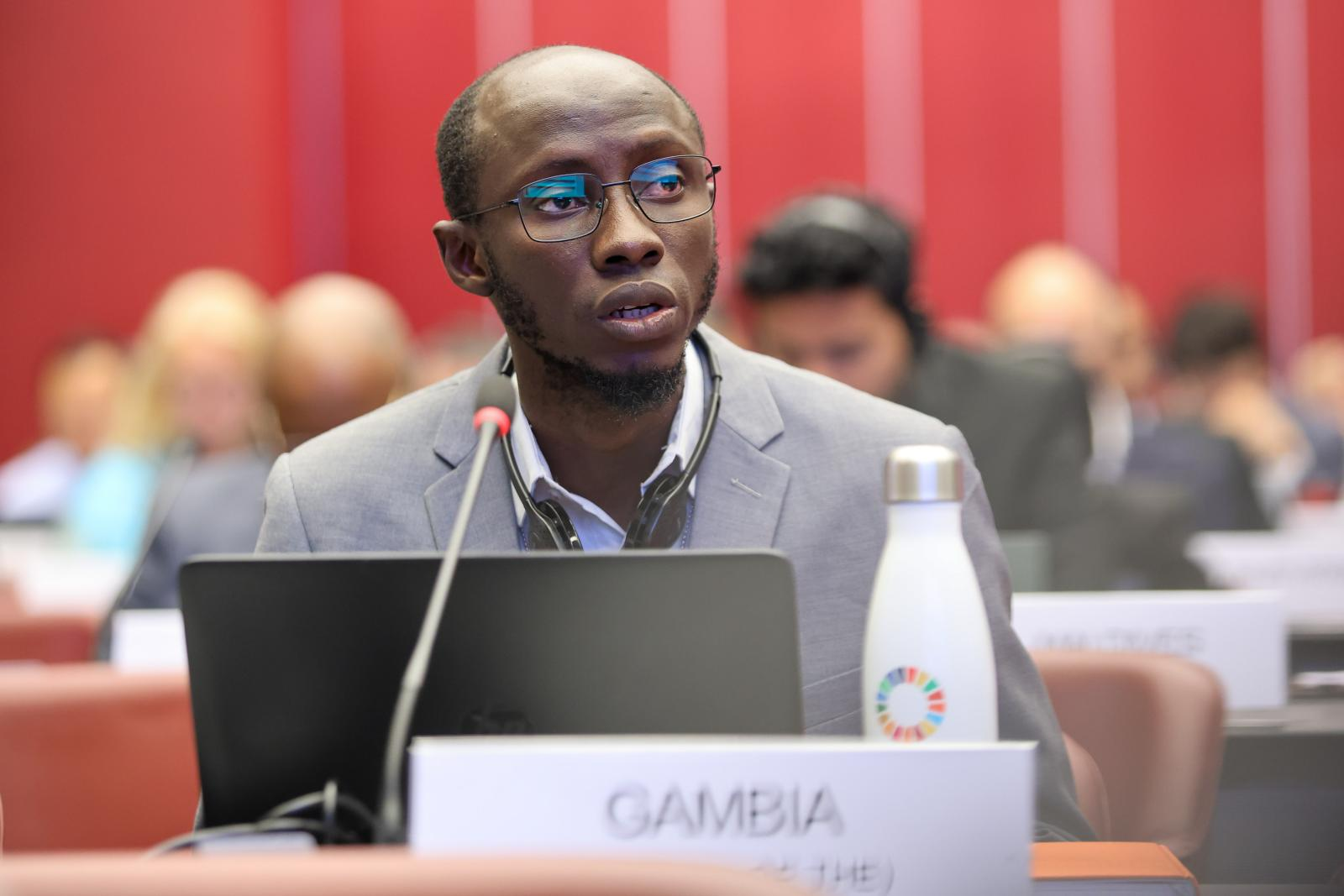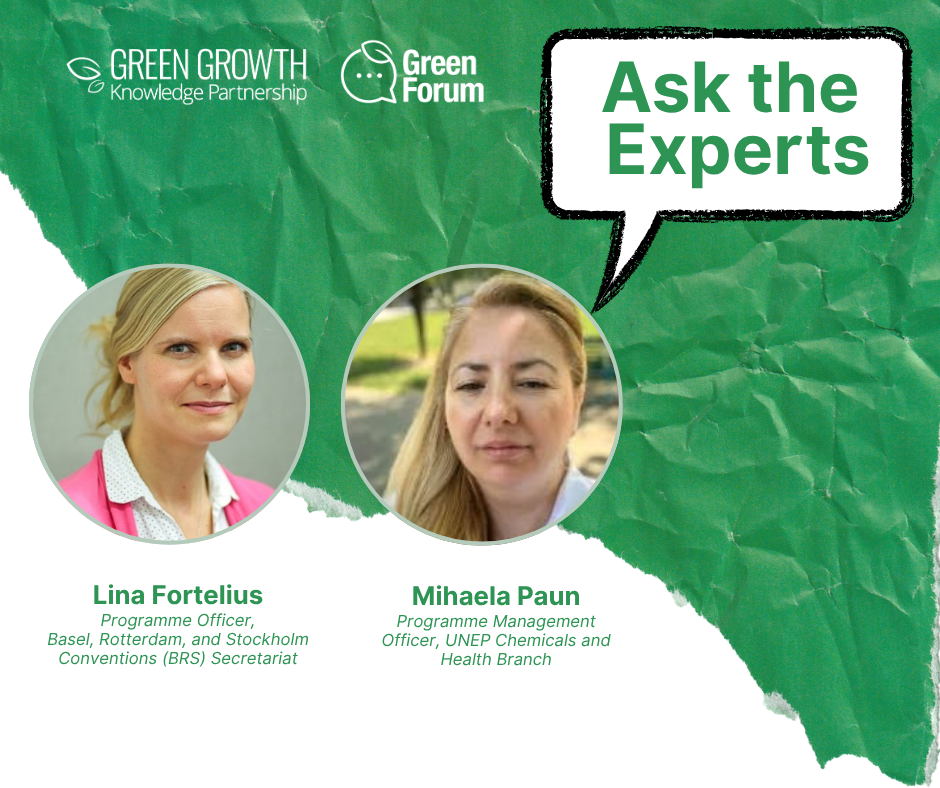Understanding Highly Hazardous Pesticides
Highly hazardous pesticides (HHPs) represent a small fraction of all pesticides but pose particularly high levels of acute or chronic risks to human health and the environment. According to WHO and FAO guidelines, these substances are classified as highly toxic. All persistent organic pollutants (POPs) listed under the Stockholm Convention fall into this category. Although many high-income countries have banned HHPs domestically, production and export continue, with large volumes sold to low- and middle-income countries (LMICs), where their use remains widespread.
As a result, farming and rural communities in these regions remain at risk of pesticide poisoning, which can occur in different forms depending on exposure route, intent, or duration. Pesticide poisoning can occur in different ways. By duration, exposure may be acute (short-term) or chronic (long-term). By intent, poisonings may be accidental, occupational, or intentional. And by route, exposure can occur through inhalation, skin contact, or ingestion. These varied pathways underline the scale of risks faced by farming and rural populations.
Who Is Most at Risk?
The groups most exposed to HHP poisoning include farmers and agricultural workers, children living in farming areas, pregnant women, and rural populations with limited healthcare services. Women account for 40–50 percent of the agricultural workforce in LMICs, yet their vulnerabilities are shaped both by biology and by unequal access to training, equipment, and decision-making.
HHPs are endocrine disruptors, which can have serious effects when exposure occurs during pregnancy or lactation, impacting both maternal and child health. Because POPs are lipophilic, they accumulate in body fat, which is generally higher in women, creating longer-term health risks such as breast cancer, reproductive disorders, and metabolic disruption.
Gendered Dimensions of Exposure
Beyond biology, social roles and norms strongly influence exposure and outcomes. In some regions, entrenched social norms reserve decision-making for men, limiting women’s access to protective equipment, training, and workplace autonomy.
Easy access to lethal pesticides has also contributed to intentional poisonings in rural areas. Suicide rates among women are rising, with significant impacts on households and caregiving structures. The loss of women often removes the primary caregiver within families, while the death of men places additional financial and caregiving burdens on women. Widows may also face stigma and loss of property rights in joint family systems, further compounding vulnerability.
Data Gaps and Institutional Barriers
A lack of sex-disaggregated data continues to be a major obstacle for policymaking. Most countries collect figures on pesticide poisonings and deaths, but rarely distinguish by sex, making it difficult to assess gendered impacts or evaluate targeted interventions.
Institutional barriers also persist. Ministries of Women Affairs and Child Development are seldom represented in chemicals governance, either nationally or internationally. Coordination across health, agriculture, labour, and gender institutions remains weak. Women remain under-represented not only in high-level policy forums but also in local agricultural committees and district-level decision-making bodies.
To address these gaps, it is important to prioritise the collection of sex-disaggregated monitoring and exposure data. Women’s voices should be embedded in National Implementation Plan (NIP) committees and decision-making forums. Strengthening collaboration among health, agriculture, labour, and women’s affairs ministries would further support balanced representation. Taken together, these measures can help countries make steady progress toward more inclusive and effective chemicals governance.
“Let’s ensure women’s realities are visible in national strategies.”
This blog post was developed drawing on insights from the GGKP regional workshop for Europe, Asia and Africa “Mainstreaming Gender in National Implementation Plans under the Stockholm Convention” held on 27 August 2025. As part of the Global NIP Update project (GEF ID 10785), funded by GEF and led by UNEP, this workshop shared practical insights on integrating gender into NIPs, featuring experiences from the national project experts, civil society and community groups.
To learn more about the Global NIP Update project, visit Global NIP Update | Green Policy Platform
For a deeper dive into the GGKP gender workshop focused on Europe, Asia and Africa, you can access the full recordings and materials here: https://www.greenpolicyplatform.org/webinar/regional-workshop-europe-asia-and-africa-mainstreaming-gender-national-implementation-plans
Authors:
Shweta Dabholkar, Project and Policy Officer, Centre for Pesticide Suicide Prevention, University of Edinburgh | |
 |
Soomin Bae, Knowledge Management Support Consultant, GGKP/GGGI
|


